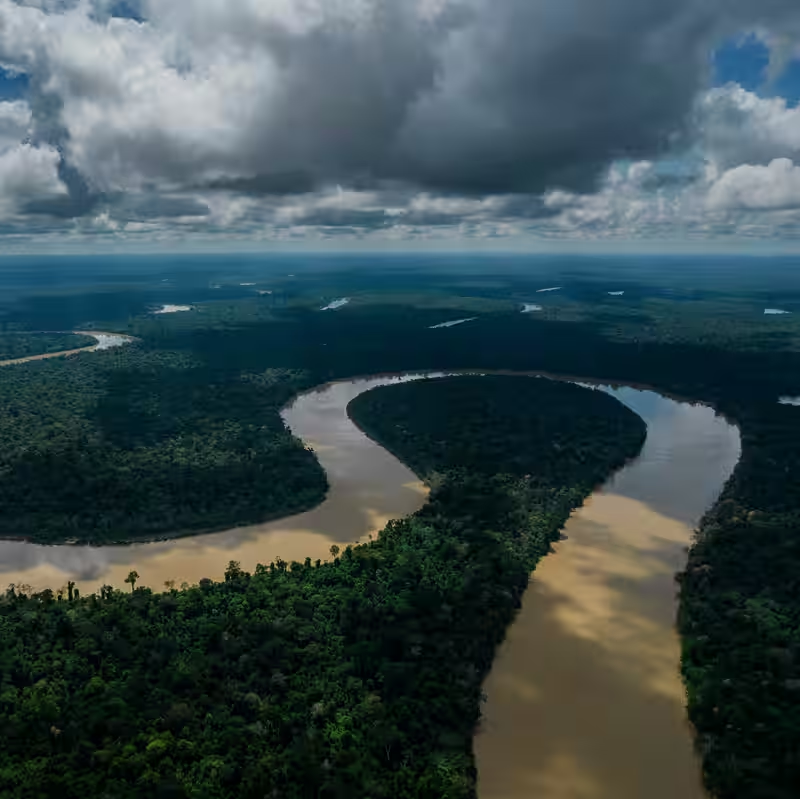Forest conservation efforts are falling dangerously short, according to a new United Nations report released Tuesday. Despite a landmark 2021 global pledge by more than 140 countries to halt deforestation by 2030, current funding levels are less than one-third of what’s needed to meet that goal—and the planet is paying the price.
Why Forest Conservation Matters Now More Than Ever
Forests cover nearly a third of Earth’s land and are home to more than 80% of terrestrial species. They also act as the planet’s lungs—absorbing carbon dioxide and stabilizing weather patterns. Yet, as the U.N. Environmental Programme (UNEP) warns, these vital ecosystems are vanishing at an alarming rate.
“Forests are the quintessential definition of a public good,” said Gabriel Labbate, head of UNEP’s climate mitigation unit and lead author of the report .
The Stark Funding Gap
In 2023, global spending on forest conservation and restoration totaled just $84 billion. To meet international climate, biodiversity, and land restoration targets by 2030, that figure must triple to $300 billion annually—a gap of $216 billion per year.
Forest Loss by the Numbers
| Metric | Value |
|---|---|
| Annual deforestation | 25 million acres |
| Wildfire loss (2023–2024) | 78 million acres (≈3× Iceland) |
| Carbon absorption today vs. 100 years ago | Only 25% as effective |
| Current annual funding | $84 billion |
| Required annual funding by 2030 | $300 billion |
What’s Driving Deforestation?
The report identifies two primary culprits:
- Human industry – including agriculture, logging, and mining.
- Extreme wildfires – which are growing more frequent and intense due to climate change.
Together, these forces are not only destroying habitats but also crippling forests’ ability to act as carbon sinks. In the past two years alone, wildfires have scorched an area larger than many European countries combined.
The Glasgow Promise—and Why It’s Failing
At COP26 in Glasgow in 2021, world leaders signed a declaration committing to “halt and reverse deforestation” by the end of this decade. But without adequate financial backing, the pledge remains largely symbolic.
The U.N. report analyzed funding from both public and private sources across all forest types—from tropical rainforests in the Amazon to boreal forests in the Arctic—and found consistent underinvestment, especially in developing nations where deforestation rates are highest.
What Needs to Change?
Experts say scaling up finance isn’t just about more money—it’s about smarter allocation:
- Direct support to Indigenous communities, who manage nearly 30% of the world’s forests.
- Incentives for sustainable agriculture and agroforestry.
- Stronger enforcement against illegal logging.
- Private sector accountability through transparent supply chains.
“We can’t afford to treat forests as expendable,” Labbate emphasized. “Their survival is our survival.”




